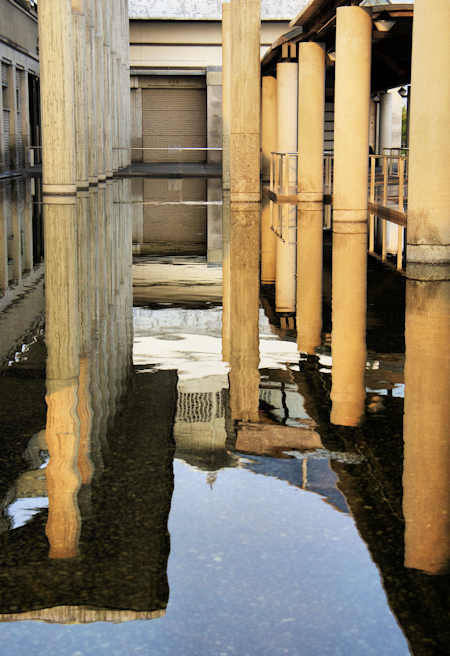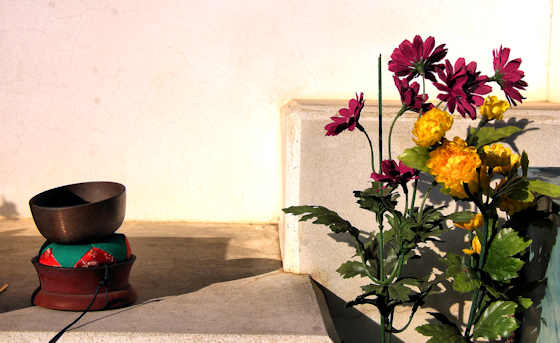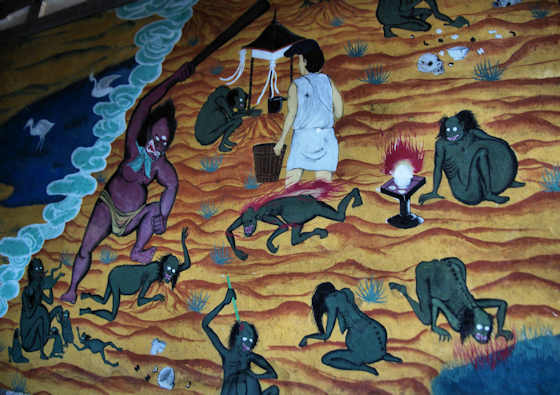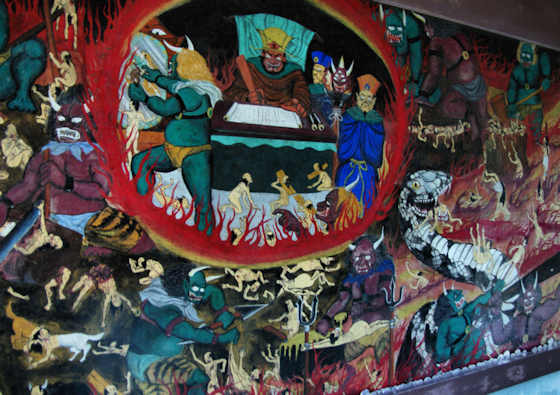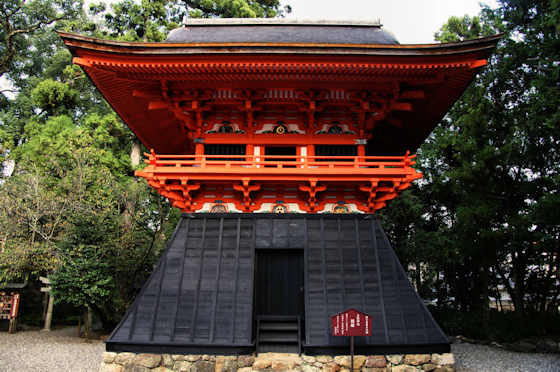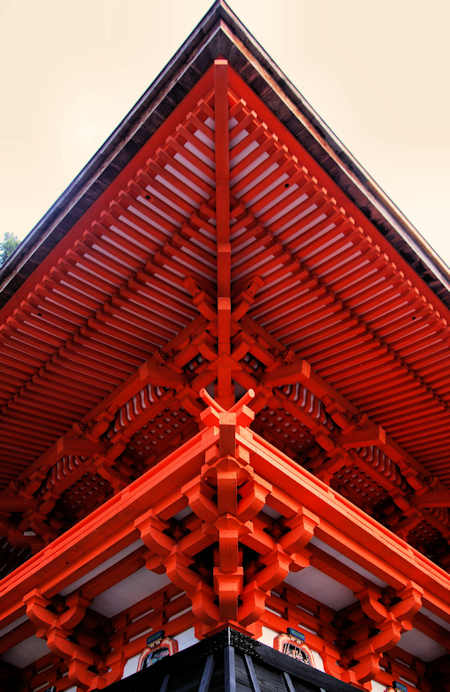Sunday, April 9, 2023
Makino Botanical Garden Kochi
Wednesday, March 29, 2023
Monjuin Temple & Emon Saburo
Sunday, February 5, 2023
Museum of Art Kochi
Museum of Art Kochi
On the 16th day of my walk along the Ohenro pilgrimage of Shikoku, I left my hotel near Kochi Station and headed south towards Chikurinji Temple, the next on the route.
I stopped by the Museum of Art, but it was too early and not open, so I didn't go in.
It is quite striking, looking like a cluster of oversized traditional storehouses.
It was designed by Nihon Sekkei, a very prolific company employing hundreds of architects. It opened in 1993.
Extensive use is made of shallow pools of water around the buildings.
The museum has a collection of over 40,000 artworks, including a lot by famed local artist Yasuhiro Ishimoto, but it is most well known for its large collection of works by Marc Chagall.
Saturday, January 28, 2023
Yasakaji Temple 47 Shikoku Pilgrimage
Yasakaji Temple 47 Shikoku Pilgrimage
Yasakiji Temple, number 47 on the 88 temple Shikoku pilgrimage, is located at the base of the foothills to the south of Matsuyama City and is just a short walk from the previous temple, Joruriji Temple.
Said to have been founded in 701, it is unusual in that the founder is said to be En no Ozuni, sometimes known as En no Gyoja, the legendary founder of Shugendo. Most of the temples claiming origins before Kobo Daishi tend to claim Gyoki as their founder.
Many historians believe that the Shikoku ohenro was created by numerous smaller Shugendo pilgrimage routes being connected together.
Yasakaji is also often connected to Emon Saburo, the legendary "first" pilgrim who walked around Shikoku numerous times attempting to catch up with Kobo Daishi.
Not far from Yasakaji is Monjuin, a temple believed to be Saburo's family temple, and now one of the 20 extra "bangai" temples, so I will do a fuller account of the Emon Saburo story when I cover Monjuin in the next post in the series....
Connecting the main hall and the Daishido are two passages covered in murals, the way of heaven, and the way of hell.
These last three shots depict scenes from various Buddhist "hells".
Sunday, November 13, 2022
Tosa Ichinomiya
Tosa Ichinomiya
Tuesday, September 27, 2022
Joruriji Temple 46 Shikoku pilgrimage
Saturday, August 20, 2022
Tateyama Shrine
Japanese shrines
The torii on Rte 55 in Konan, Kochi, leads to Tateyama Shrine, almost one kilometer distant.



















